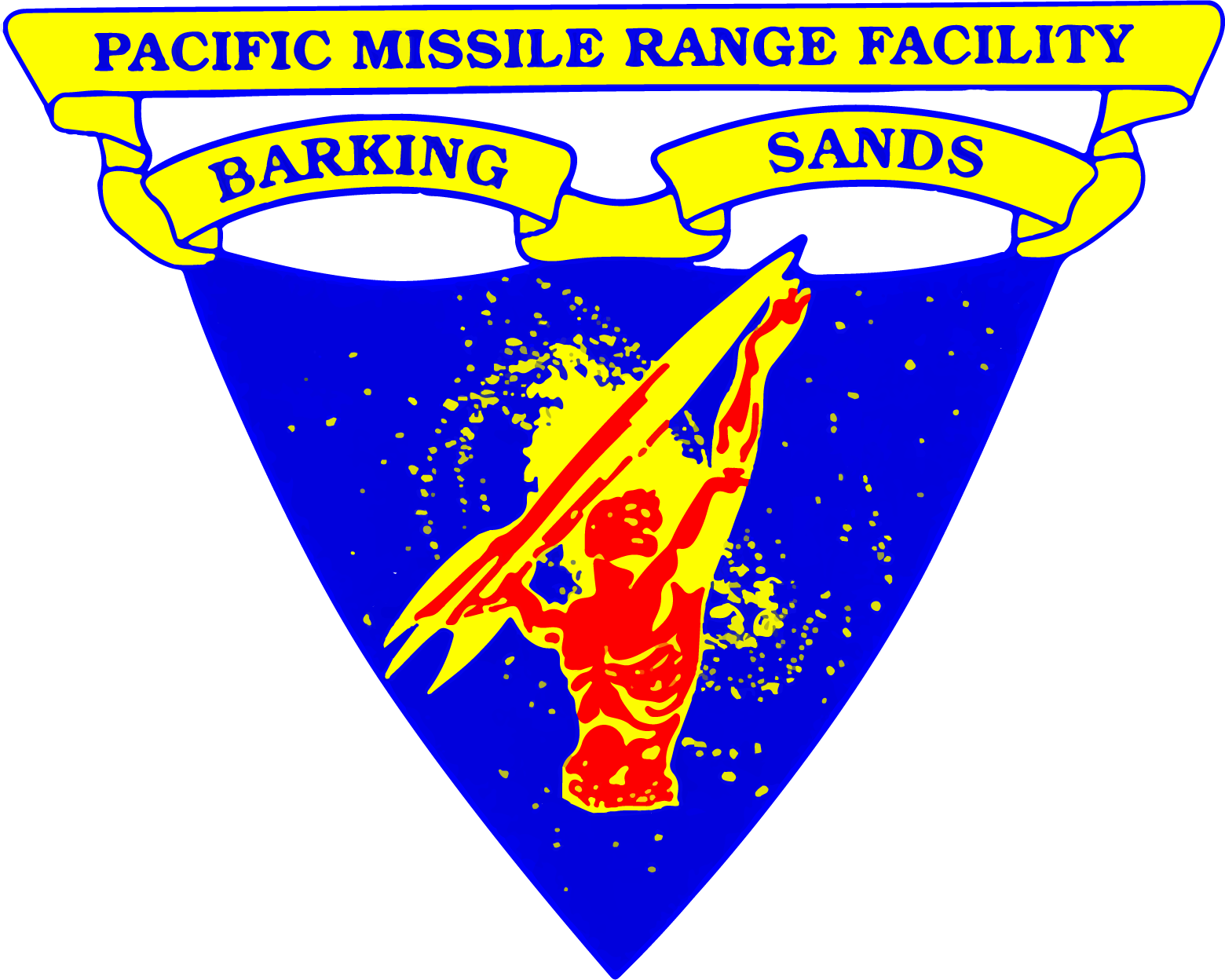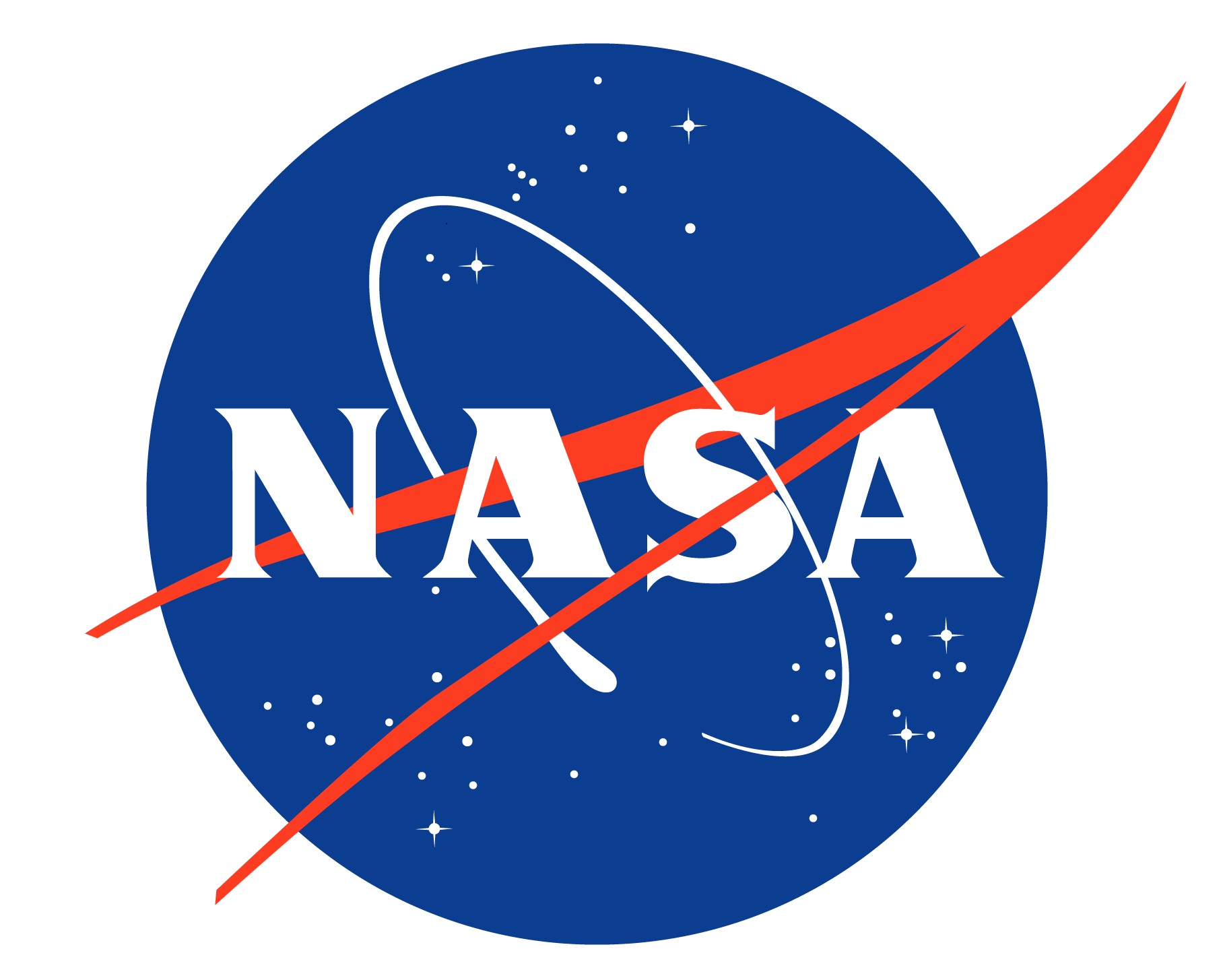Recent News
In-Water Projects
- Hawai‘i-California Training and Testing EIS/OEIS (U.S. Pacific Fleet)

The Navy proposes to conduct at-sea military readiness activities within the Study Area and to modernize and sustain Navy ranges necessary to support training and testing activities. This action is needed to ensure U.S. military services are able to organize, train, and equip service members and personnel to meet their national defense missions.
Projected Schedule:
-
- Scoping Phase: December 2023-January 2024 (completed)
- Draft EIS/OEIS Public Review and Comment: December 2024-February 2025 (completed)
- Decision Document: December 2025
- PACDERMA System Project – Infrastructure Installation EA (Naval Sea Systems Command)

The Navy proposes to construct an underwater electromagnetic measurement system to characterize electromagnetic fields generated by oceanographic processes and naval vessels in the waters of the Pacific Ocean off Kaua‘i.
Projected Schedule:
-
- Draft EA Public Review and Comment: September 2025
- Decision Document: October 2025
Land-Based Projects
- Open Floodable Space EA (PMRF, Navy Region Hawai‘i)


The proposed action is to manage a 200-acre open floodable space adjacent to the interior northern portion of PMRF Barking Sands to manage and mitigate sea level rise encroachment on installation grounds and surrounding agricultural lands. The open space would include an additional 200-acre buffer to provide suitable habitat for native plants and animals.
- Integrated Natural Resources Management Plan EA (PMRF, Navy Region Hawai‘i)


The Navy proposes to implement the 2023 INRMP, which provides management recommendations to protect species, land, waterways, wetlands, and floodplains.
Projected Schedule:
-
- Draft EA Public Review and Comment: May-June 2024 (completed)
- Decision Document: March 2025 (completed)
- PMRF Land-Based Training and Testing EA (U.S. Pacific Fleet)

The Proposed Action is to continue to conduct land-based, multi-domain (air, land, sea, space, and cyberspace) training and testing, including an increase in activities among the military services on lands under federal jurisdiction at PMRF and Ka‘ula Island. This action is needed to 1) ensure U.S. military services are able to organize, train, and equip service members and personnel to meet their respective national defense missions; 2) update NEPA compliance for ongoing land-based training and testing activities; and 3) provide additional coverage for other military services’ activities at PMRF and Ka‘ula Island.
Projected Schedule:
-
- Draft EA Public Review and Comment: August-September 2024 (completed)
- Decision Document: September 2025 (completed)
- PMRF and Kōke‘e Park Geophysical Observatory Real Estate EIS (Navy Region Hawai‘i, NASA)


The Navy proposes to retain the use of 8,172 acres of state lands (684 acres of leaseholds; 7,488 acres of easement lands) on Kaua‘i in support of continued and ongoing military training, testing, and facility operations at PMRF. NASA proposes to retain the use of 23 acres of state lands (16 acres of leaseholds; 7 acres of easement lands) on Kaua‘i in support of maintaining data collection efforts of global significance at KPGO.
The Proposed Action is needed because the existing real estate agreements for these state lands are set to expire between 2027 and 2030. The Navy use of these state lands is required to maintain technological and safety capabilities supporting PMRF training and testing. Navy training and testing operations do not occur on these state lands. The environmental effects of these training and testing operations are fully analyzed in previous, focused environmental documents.
This is a joint NEPA/HEPA document: The applicants are preparing a single EIS compliant with both the Hawaiʻi Environmental Impact Statements law (HRS Chapter 343) and the National Environmental Policy Act as allowed under HAR §11-200.1-31. The HRS Chapter 343 triggers are: 1. Propose the use of state or county lands, HRS section 343-5(1); 2. Propose any use within any land classified as a conservation district, HRS section 343-5(2).
Projected Schedule:
-
- Scoping Phase: May-June 2024 (completed)
- Draft EIS Public Review and Comment: June-August 2025 (completed)
- Decision Document: Spring 2026